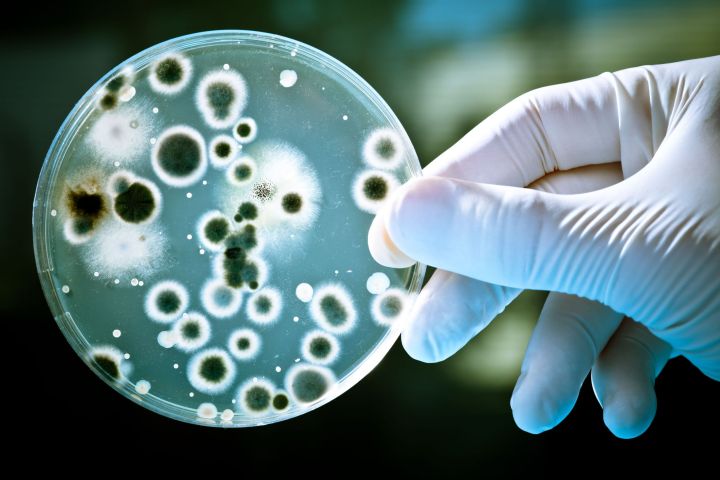
A variation of this was achieved recently by Harvard scientists, who have demonstrated how E. coli bacteria is capable of storing images and movies in its DNA.
“We wanted to test whether the CRISPR-Cas system in bacteria could be used to capture complex information with a time component in living bacteria,” Dr. Seth Shipman, a neuroscientist at Harvard who led the experiment, told Digital Trends. “To do that, we encoded images and a movie into DNA and delivered them to cells expressing two proteins from the CRISPR system: Cas1 and Cas2. The reason we care about this is that we want to create living molecular recorders, cells that can capture new information and store that information in their genome, this is a way that we could pilot such a system.”

The movie footage the researchers used isn’t quite the Star Wars: A New Hope climax, but it’s no less an iconic part of cinema history. It’s a 36 x 26-pixel GIF displaying a galloping horse filmed by Eadweard Muybridge in one of the first motion pictures ever shot — way back in 1878. Using DNA sequencing tech, Shipman and colleagues were able to both store the data and then later reassemble it with 90 percent accuracy. Doing this not only showed that DNA is capable of storing the images, but also of doing so in the correct order.
So is there any real-world use for this? “Not quite yet, but hopefully on the near horizon,” Shipman said. “We want to use this technology to create cells that can record biological or environmental signals.” As to what’s next for the project, he noted that the “next step is to hook the input of this system to a biological system, then we might be able to use it to gather information that we don’t currently have.”
A research paper describing the work was published this week in the journal Nature.


